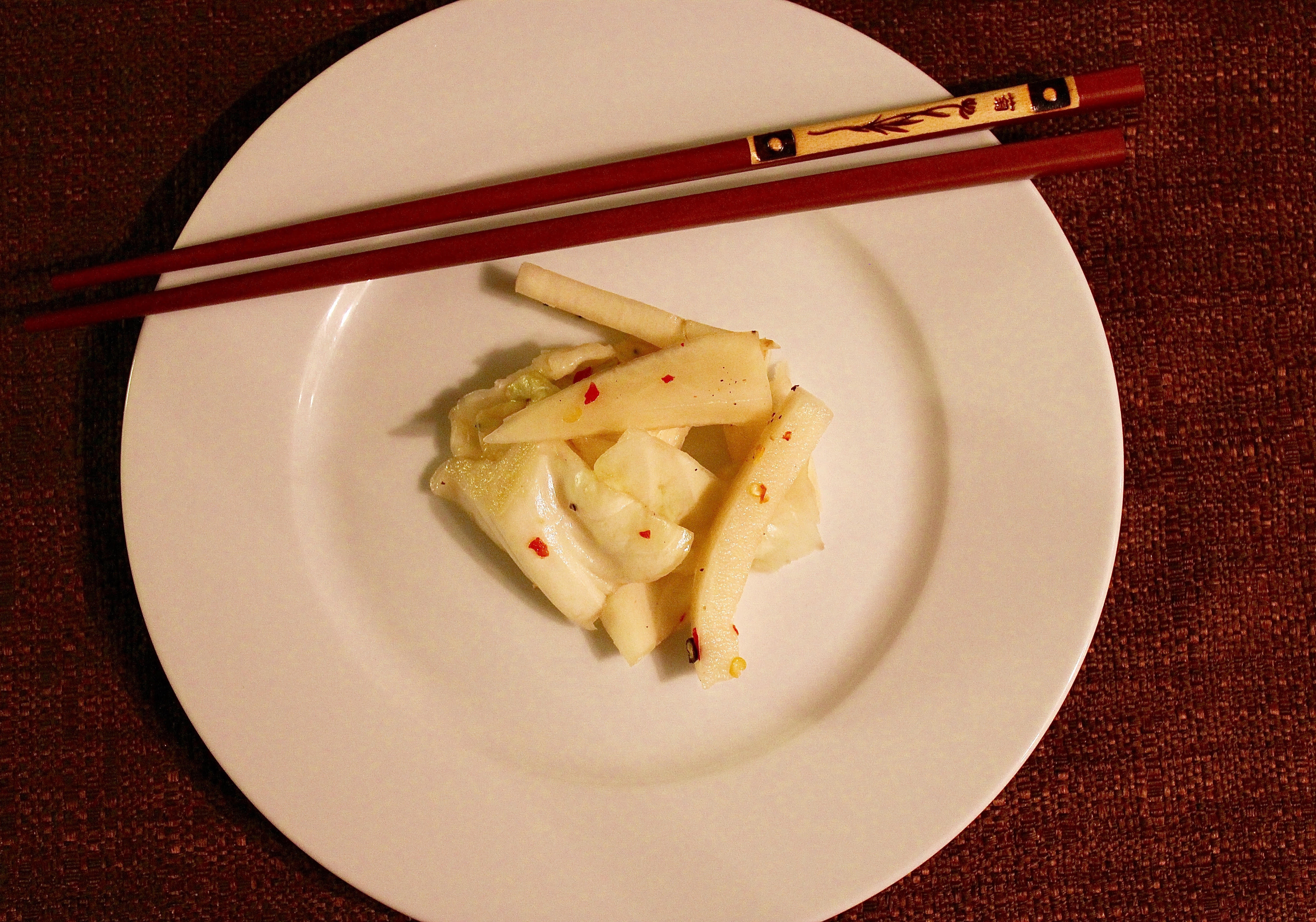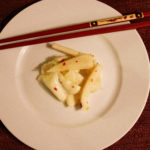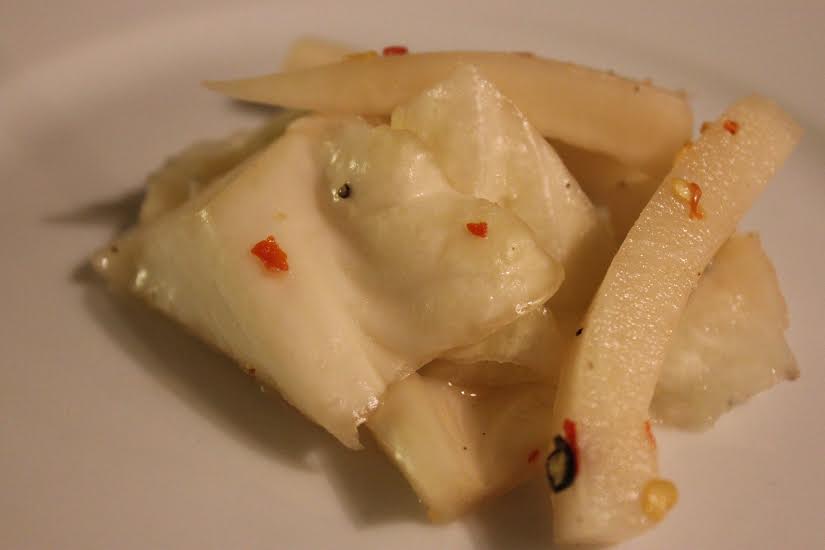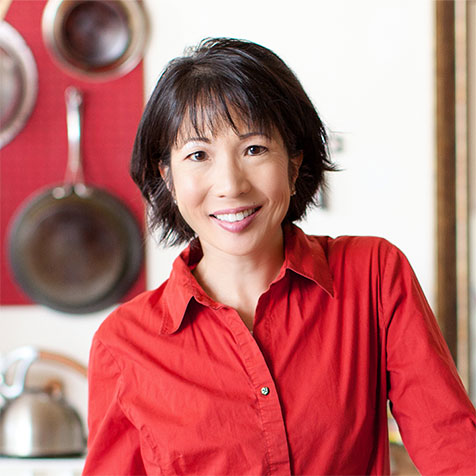Pickled Cabbage and Daikon

Not your every day grocery store pickles! Making fermented food at home is easy once you have the supplies. Get your mason jars ready! Photo by Imei Hsu.
Maybe I am becoming nostalgic as time goes on. I miss the days when I walked through the door of our unlocked home in San Jose, CA after walking home from school, and took in the smells of roasting meats and Chinese dumplings wafting through the Spanish-styled home on Goldfield Drive.
Mom hadn’t gone back to work quite yet; she would later take on a job in the accounting department of a large hospital in the area, so for awhile, Mom was the Domestic Engineer that is responsible for the green and white floral wallpaper that still decorates the front hallway of this home today (or least, the time I visited in 2012 and knocked on the door to ask permission to take a look around).
A particularly familiar smell of my wistful childhood memories is Mom’s jars of Chinese-style fermented cabbage and daikon vegetable. She would boil several glass jars, usually recycled dill pickle jars and their lids, and then fill them up with these vegetables after stirring in what looked to me like very little liquid, salt, vinegar, and spices. Using a pair of chopsticks, Mom rotated the chopped vegetables in the marinade over several days, scolding my father to not help himself to them before they were done.
When you’re a child, two weeks feels like forever and a day to wait; sometimes, Mom fermented a jar for almost a month before she began doling pieces out to us with our dinner meal.
My interest in pickling vegetables began this year when I developed a strong reaction to alliums (garlic, onions, shallots, leeks). When I could no longer obtain a source of fermented food like pickles from the grocery store, I realized that I needed to make my own. And of course, I thought about Mom’s pickled vegetables, with their crunch as well as the soothing results of a happy gut. I always remembered how fermented foods helped my gut maintain a healthy balance of gut flora needed to properly digest food.
It was time to call on Mom to see if she could write a recipe for something she had done from scratch without ever measuring a thing.
The first thing I did was ask if Mom could recall if she had ever used a written recipe, such as the Better Homes and Garden Cookbook that was very popular in the 1970’s. There are many tales of people publishing what they thought was a family recipe, only to find out that Granny or Aunt LaRue “borrowed” it ingredient for ingredient from a previously published source.
Quizzing Mom thoroughly, Mom has said she learned how to prepare pickled vegetables from her home in Taiwan, so we’re pretty safe in saying that Mom’s recipe is her own. Both of my grandmothers have departed this earth, and neither of them were known to have used cookbooks to prepare food. It’s more traditional to hand down recipes not in written form, but by simply being in the kitchen and repeating the process of preparing a food multiple times across the years.
So you can understand that Mom struggled with emailing me the best recipe she could consider usable, and then I tried it myself, readjusting the amounts to taste.
Print
Mom’s Pickled Cabbage and Daikon
- Prep Time: 20 minutes
- Cook Time: 10 days
- Total Time: 240 hours 20 minutes
- Yield: 20+ servings
Description
Add fermented food into your diet easily with homemade daikon and cabbage. This easy recipe can be made with minimal equipment, sterilized mason jars, and simple ingredients.
Ingredients
Instructions

Once you make these at home, you will be so spoiled, you’ll never want to buy the store-bought stuff again. Photo by Imei Hsu
In terms of eating, I added about six pieces of fermented food (1/2 cabbage, 1/2 daikon) to my dinner across one week, and almost immediately I noticed a positive difference in my gut health and digestion. As a person who can’t take probiotics through yogurt, and I react rather violently to lactobacilli in pill form, fermented pickles is a much more natural way to help keep my gut flora in balance.




